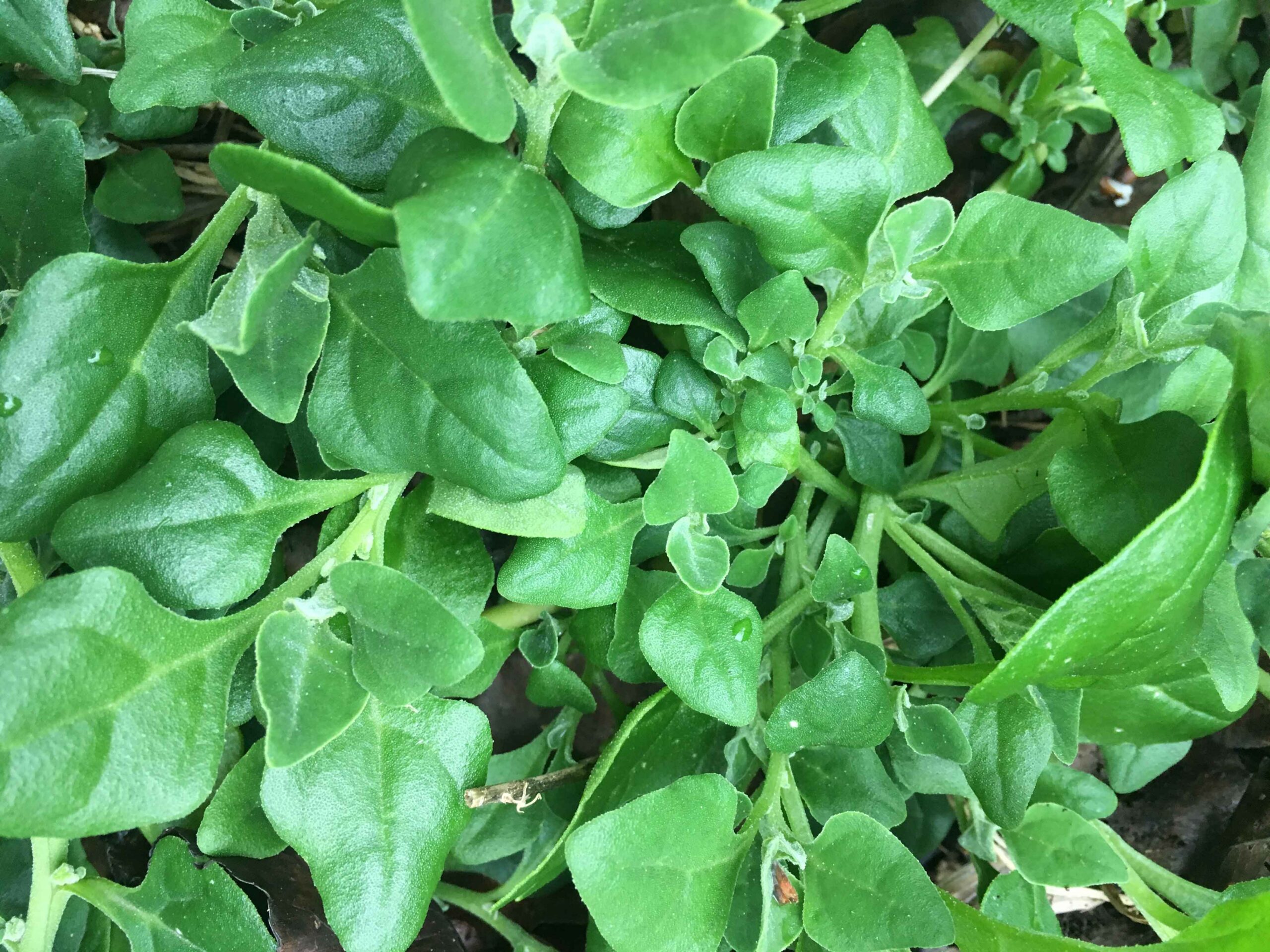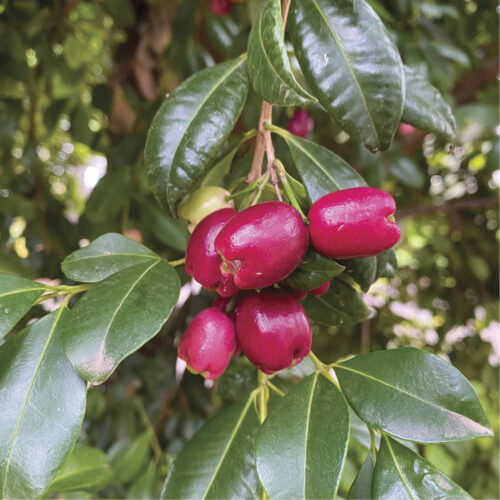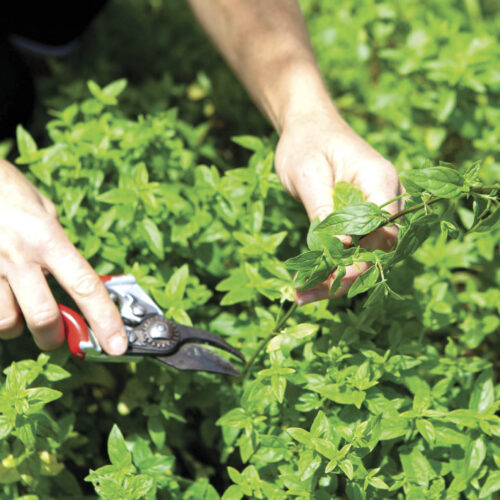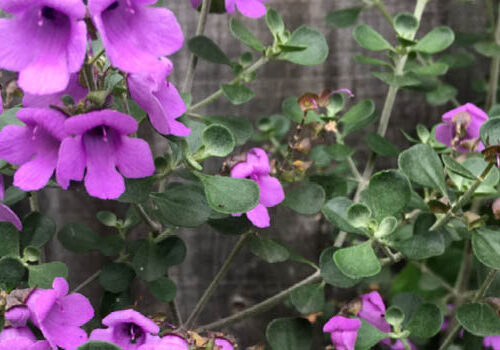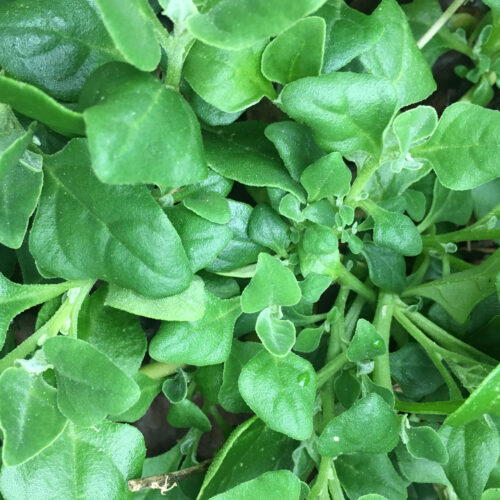Once were warrigals
2011-09-29T04:58:20+10:00
Jez don't call me New Zealand spinach, mon. OK?
Well, I’ve had a bit of a gardening eye-opener in the last year. Love greens – they fortify your blood, preserve old growth trees and call mainstream political parties to account. Not bad. But you wouldn’t believe how much pleasure one little seedling of warrigal greens (teragonia tetragonioides) has brought to this household of three (plus a dog and cat).
There are so many green leaf vegetables that bring happiness – I love ’em all – and have eaten heaps. The marvellous mustard greens from the Golden Triangle in the north of Thailand (Chiang Rai province) that I ate with pigs’ entrails, green and purple stuff that I bought at the Greek vegie shop in Enmore (NSW) and delicate English spinach with toasted sesame and soy sauce that the Japanese do so beautifully. BUT, Aussies be proud – we’ve got a good ‘un of our own. Warrigal greens!
Bought as a seedling in an organic farmers’ market a year ago, our little beauty was planted under the overarching canopy of our huge quince tree in the back yard (they thrive in dappled light, unlike a lot of greens). For the last year it has provided an unending supply of culinary greenery – it’s adaptable and tasty. Greek-style warrigal and feta cheese pies, Asian stir-fries, quiches etc. Warrigal greens are a robust plant that is absolutely low maintenance.
Ours never got watered (except by God) and it doesn’t mind poor soil. How good is that? Plus – and this is a big plus – while the snails and slugs chewed relentlessly through all the exotic salad greens in the same vegie patch – they left the warrigal completely alone. Amazing! Now Captain James Cook was a smart cookie and made sure all his crew ate warrigal greens, which grow all along the sandy eastern seaboard of Australia and over in New Zealand, to avoid scurvy.
Well, that may well have been a case of out of the frying pan and into the fire. BECAUSE warrigal greens (especially the older leaves) contain toxic oxalates like rhubarb leaves etc. So you’ve got to first blanch them for a few minutes, then discard the water and refresh them with cold water before using them in salads or cooked dishes. Big deal – it’s still worth the effort. I wonder how many of JC’s crew succumbed to oxalate poisoning rather than scurvy – it doesn’t bear thinking about. Oh, and Joseph Banks took warrigal seeds back to London and they became the only native Aussie veg that the Poms ate for 200 years (it was briefly fashionable).
The reason I call my warrigal a warrior is that the dreaded Brazilian wandering Jew got in to infest my vegie patch over winter and guess what? What of all things had managed to survive the suffocating assault when we did our spring weed clear-out this year? Ha! Still thriving.

